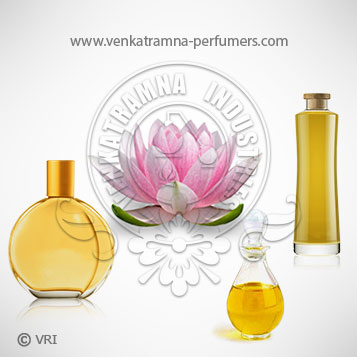
| Botanical Name | Nelumbo nucifera |
| Common Name | Pink Lotus Oil. |
| Country of Origin | India |
| Solubility | Soluble in alcohol and oils. Insoluble in water |
| Specific Gravity | Not Applicable |
| Optical Rotation | +70.00 to +80.00 |
| Refrective Index | 1.48300 to 1.48900 @ 20.00 °C. |
| PlantPart | Flower |
| Bland With | Cinnamon, sandalwood, and all spice essential oils. |
| CAS No | Not Applicable |
| Flash Point | 90 °C. |
| Extraction Method | Steam Distilled |
Lotus essential oil is extracted from the petals of lotus flower by precisely using steam distillation method. Due to the high-quality and longer shelf life, we have become the prominent manufacturer and exporter of Lotus oil in the industry. In our small bottles, one can find the way to live naturally and also without diseases. As the authentic name in the market, we make sure that not even a single individual get deprived of such natural and 100% pure health enhancement remedies.
Lotus is commonly known in India as pink absolute. Pink lotus is a scared flower of both Hinduism and Buddhism religion. Further, it compared Frankincense as it has ability to open the air ways deepening the breath thus promoting relaxation and calmness. Greek and roman used this to cure asthma, rheumatism, etc Nelumbo nucifera is commonly called sacred lotus about the sacred and symbolic status the flower holds in Buddhism and Hinduism. It is native to Asia and Australia. It is a large-flowered lotus that typically grows 3-6’ tall in shallow water and spreads by thickened rhizomes rooted in the mud. This is a marginal aquatic perennial that features rounded, parasol-like, upward-cupped, waxy green leaves (to 2’ across) that appear above the water on long petioles which attach at the middle of the leaf underside (peltate). Large, cupped, fragrant, pink or white flowers (8-12” diameter) appear in summer on stiff stems above the foliage. Each flower blooms for about three days, opening in the morning and closing at night each day. Flowers are followed by nut-like fruits that are imbedded in the flat surface of a turbinate (inversely conical) receptacle (2-3” diameter) which resembles the shape of a watering can rose. Receptacles acquire a woody texture when dried (suggestive of wasps’ nests) and are highly prized for dried flower arrangements. The rhizomes, leaves and seeds of lotus are edible and are sometimes used in Asian cooking.
Color : Pale yellow to dark reddish viscous liquid, Characteristic exotic floral slightly herbaceous odor,
Aroma : Exotic floral aroma
LLL (12.80%), ß-POL (8.28%), ß-PLL (11.27%), ß-PLO (8.58%), ß-BeLL (8.32%).
Having good therapeutic and stimulant properties, the oil is associated with arousing love as well as helps in increasing sexuality, fertility and longevity. Traditionally, the whole plant of lotus was used as astringent, emollient, and diuretic. It was used in the treatment of diarrhea, tissue inflammation, and homeostasis. The rhizome extract was used as antidiabetic and anti-inflammatory properties due to the presence of asteroidal triterpenoid. Leaves were used as an effective drug for hematemesis, epistaxis, hemoptysis, hematuria, and metrorrhagia. Flowers were used to treat diarrhea, cholera, fever, and hyperdipsia. In traditional medicine practice, seeds are used in the treatment of tissue inflammation, cancer and skin diseases, leprosy, and poison antidote. Being a good component used for therapeutic purpose, it reduces stress and provides deep relaxation to the mind and soul. Along with bringing calmness, it also treats many body disorders including blood circulation, digestive tracts, etc. Essence of Lotus Natural Essential Oil These days’ different parts of lotus have been consumed as functional foods. Thus, lotus can be regarded as a potential nutraceutical source. In natural perfumery used in sacred perfumes, Oriental bouquets, fougere, chypre, amber bases, high class florals.